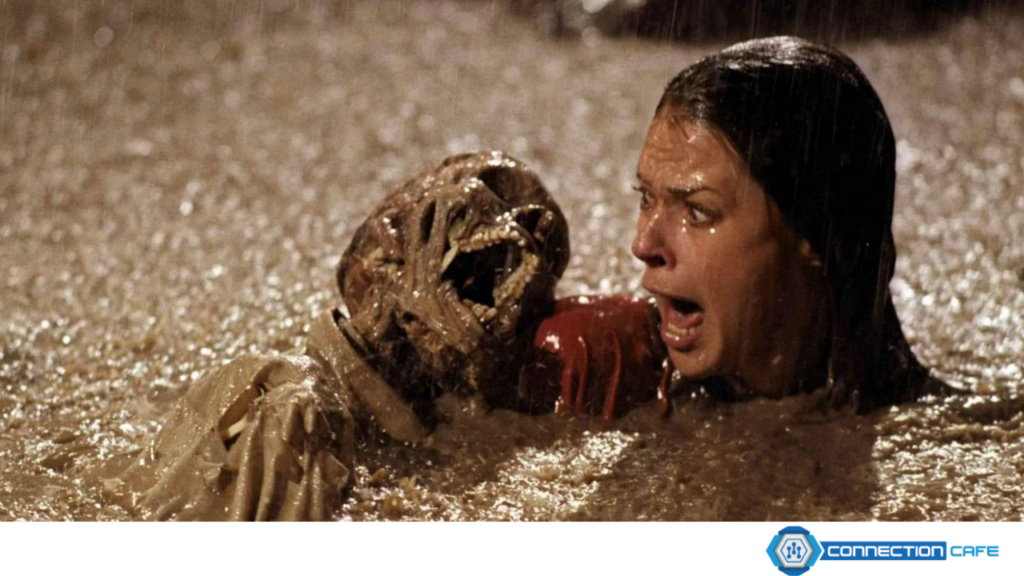The movie “Poltergeist,” made in 1982, used real human skeletons as props. This discovery makes people think about ethics and art in movies. It was directed by Tobe Hooper and produced by Steven Spielberg. “Poltergeist” is famous for its scary effects and story. But using real skeletons adds another layer to its fame. It’s a controversial choice that makes the movie even more interesting.
The Discovery About The Real Skeletons
In “Poltergeist,” they used real human skeletons as props, which is unsettling. This is most noticeable in the pool scene, where JoBeth Williams faces supernatural threats. It’s a shocking contrast to the movie’s impressive special effects.
The production team wanted to save money on visual effects, so they used real human skeletons instead of fake ones. They said real ones were cheaper. This choice wasn’t only in “Poltergeist” but got more attention because the movie was famous.
Thinking about what’s right and what’s normal in the industry
Using real skeletons in movies makes people wonder about what’s right for art and what filmmakers should do. It’s about respecting the dead, whose remains were used without permission for entertainment. Back then, there weren’t clear rules about this. The entertainment industry has made rules since then, but this happened before those rules.

Today, there are rules about respecting human remains. This shows a change in society towards being more careful. The “Poltergeist” incident is an important example of how the industry has changed. It makes filmmakers think more about what’s right when they make movies.
Effects on special effects and being real
Using real skeletons in “Poltergeist” shows how filmmakers tried to make movies look real before CGI. They used practical effects, which were important for making movies look real. Sometimes, they did things that weren’t right to do.
Using real human remains in the film shows an important time in movie history. It makes people think about how being real in movies sometimes clashes with doing the right thing. It makes us wonder if realism is worth it, even if it has costs.
Today’s movie-making and doing the right thing
Filmmaking has changed a lot today. Technology is better, and there are clearer rules about what’s right. CGI and advanced animatronics mean filmmakers don’t need real human remains anymore. This makes it easier to be creative without ethical problems.
Also, the movie industry has better rules now. They are strict about how sensitive subjects, like human remains, are shown and handled. This shows that people care more about treating others with respect. It’s important to think about what’s right when making movies.
I think people will keep talking about “Poltergeist” and its real skeletons. It makes us think about what’s right in movies. Maybe filmmakers will be more careful now. They might not use real human remains anymore because of better technology. This could change how movies look. People care more about being respectful. It’s important to think about what’s right when making movies.
